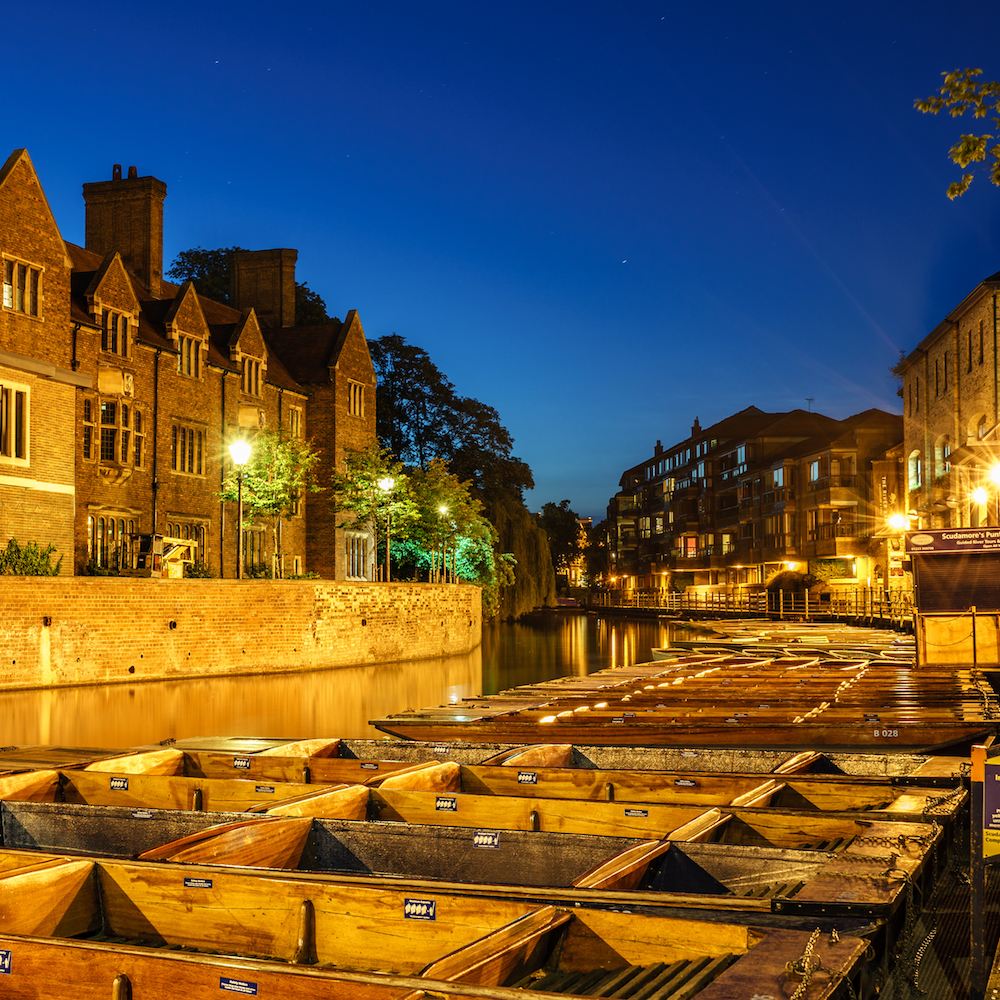From Wednesday 19 July* visitors will have the opportunity to see Historic Aircraft Collection’s rare First World War Airco/de Havilland DH9 E-8894 aircraft being rebuilt at IWM Duxford.
The DH9 bomber was one of the first types of aircraft stationed at Duxford when it opened as an operational airfield100 years ago. In Duxford’s centenary year, this is a remarkable opportunity to see a newly restored DH9 aircraft being rebuilt by a team of skilled engineers.
E-8894 has been restored to flying condition by the Historic Aircraft Collection using an original Siddeley Puma engine and is the only First World War bomber flying anywhere in the world. It was recently awarded Best Civilian Aircraft at the Royal International Air Tattoo 2017.
Volunteers from Historic Aircraft Collection and IWM Duxford will be chatting to visitors about the DH9’s restoration and history. Visitors will also be able to see parts of the original aircraft and find out about the challenges of restoring rare historic aircraft.
Duxford’s centenary has been commemorated with the creation of DX17, Duxford’s first ever contemporary art installation which, through a dramatic large-scale sculpture, gives visitors the opportunity to hear up to 100 voices and memories from Duxford’s remarkable history. Visitors can hear about life during the early years of Duxford’s operational service, including pilot Frank Burslem talking about being attacked by a German aircraft whilst flying a DH9.
About the DH9 aircraft
The Airco/de Havilland DH9 was a First World War British bomber aircraft designed for strategic attacks on German cities, railways and airfields.
This DH9, E-8894, was built by the Aircraft Manufacturing Company (Airco) in 1918, but it is not known if it ever saw action. After the First World War it was sent to India under the Imperial Gift Scheme and transferred to the Maharaja of Bikaner along with DH9 D-5649 which can be seen in the AirSpace exhibition at IWM Duxford.
The DH9 was one of Britain’s first ‘strategic bombers’. It was supposed to replace the Airco DH4 but the DH9’s Siddeley Puma engine was not powerful or reliable enough for the job. The DH9 was itself replaced by the DH9a, which had an improved engine.


 Cambridge E-Bike hire scheme set for expansion
Cambridge E-Bike hire scheme set for expansion
 Ely graffiti vandal avoids jail
Ely graffiti vandal avoids jail
 Drink driver who urinated in a police van is sentenced
Drink driver who urinated in a police van is sentenced
 Strawberry Fair cancelled due to costs
Strawberry Fair cancelled due to costs

